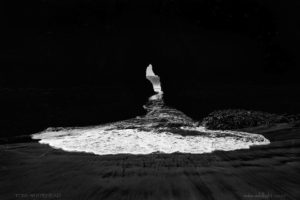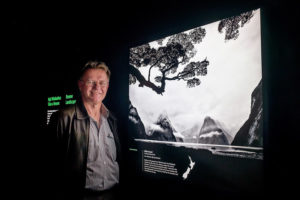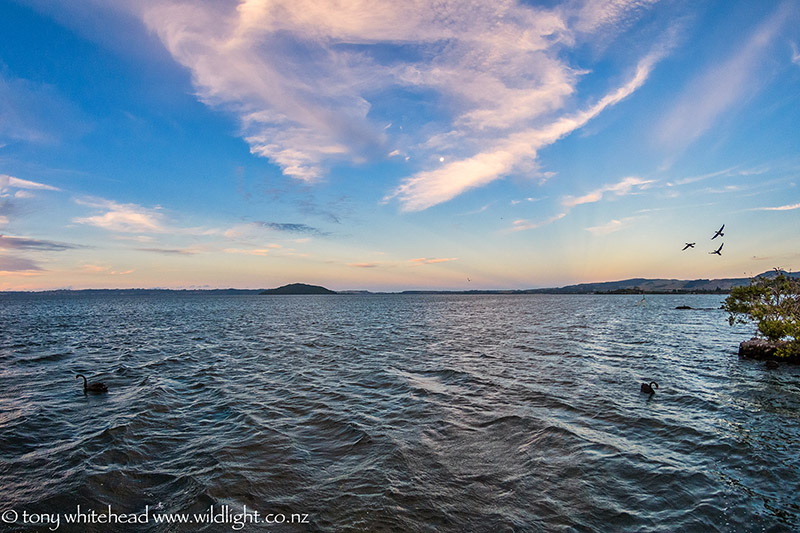
Fisheye lenses with their extreme angle of view have very specific uses but can do things no other lens can. They can be quite challenging to use as the distortion they create can be difficult to manage but in the right situation they can be used as tools to create interesting images. My first fisheye lens was the Samyang 8mm f2.8 that I got for my Fuji XT1. This manual focus lens is very good value and delivers good sharp images, albeit with some corner softness, in a compact well built package. It was a great introduction to fisheye photography and has given me some great images including my image that was awarded runner-up in the landscape category of NZ Geo Photographer of the Year 2016.
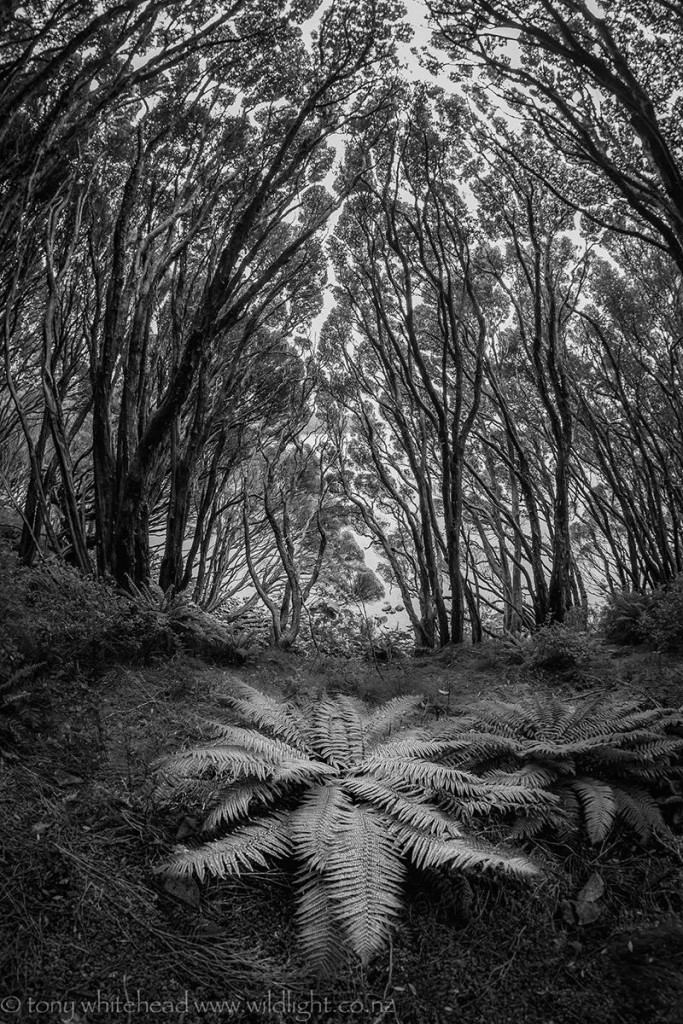
I find the fisheye lens especially useful for forest photos where it is often difficult to capture the feeling of being amongst tall, reaching trees and ferns. Provided any horizon lines are kept in the centre line of the frame, the curvature created by the lens is avoided, eliminating the disturbing sensation it creates to have a curved line that we know should be level. Our eyes are far more forgiving of curving tree trunks than bowed horizons.
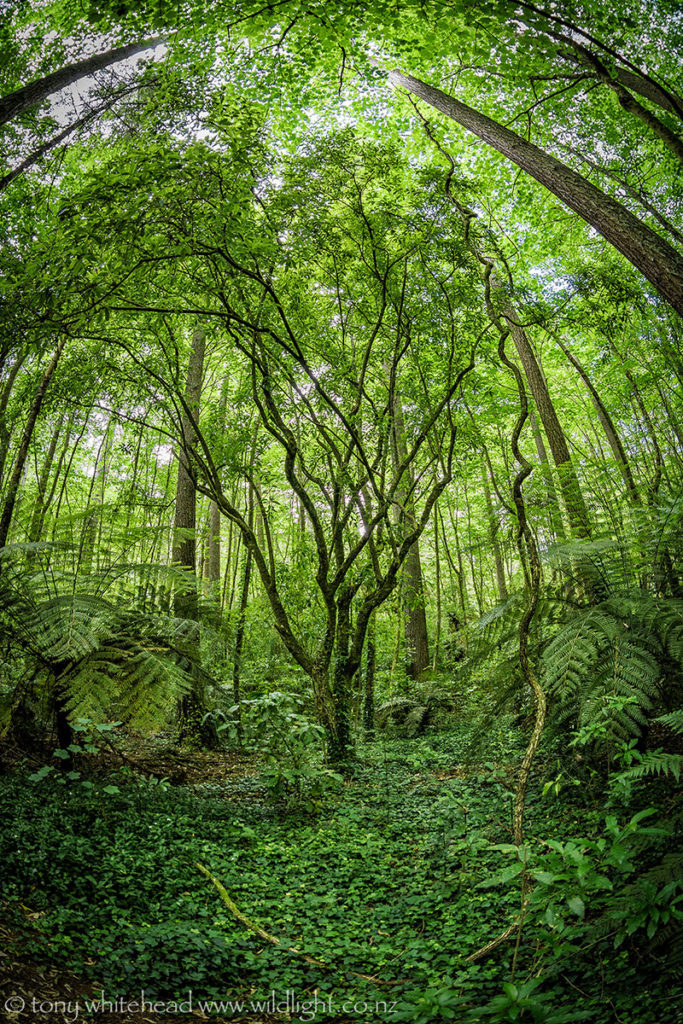
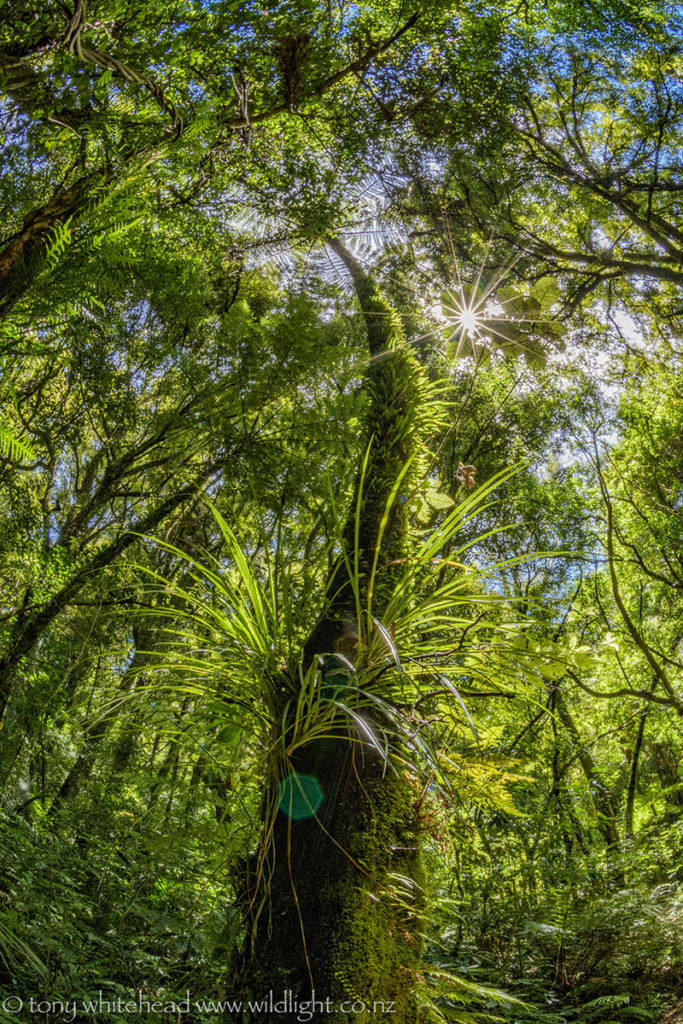
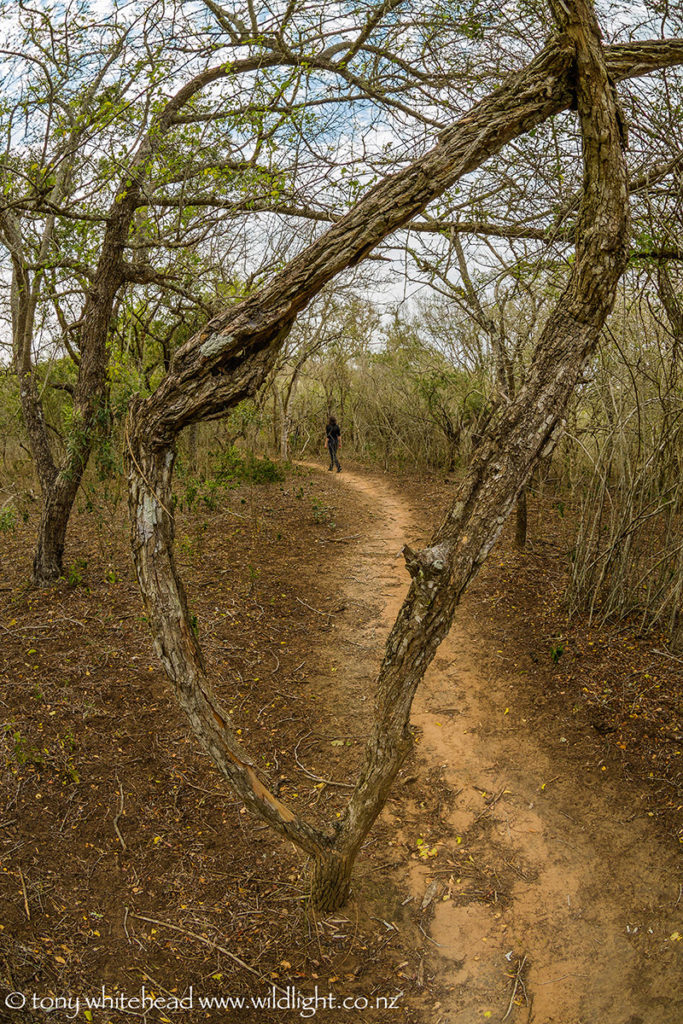
I had for a long time hankered after the Nikon 10.5mm f2.8 fisheye for DX bodies but never been able to justify the cost. On the trip to the NZ subantarctics I had taken the Samyang as the only lens for my Fuji XT1 with the specific intention of using it for photos in the Southern Rata forest. Knowing that Edin would be heading back in late 2016 and with the Nikon D500 looking like it would justify addition to my kit, I kept an eye out for a good second hand Nikon 10.5mm on TradeMe. There often seems to be a decent number for sale second hand as I suspect it is a lens that intrigues many but after using it for a short while the narrow niche causes interest to wane. I was lucky to find one in excellent condition for a really good price and have been very impressed with it. While a fisheye, even at f2.8, has a huge depth of field, I have been caught out with getting the manual focus on the Samyang wrong on occasions and this problem is solved with the autofocus Nikon. The Nikon also seems much sharper in the corners so you end up with much better image quality even if defishing the image file in software such as Fish-eye Hemi.
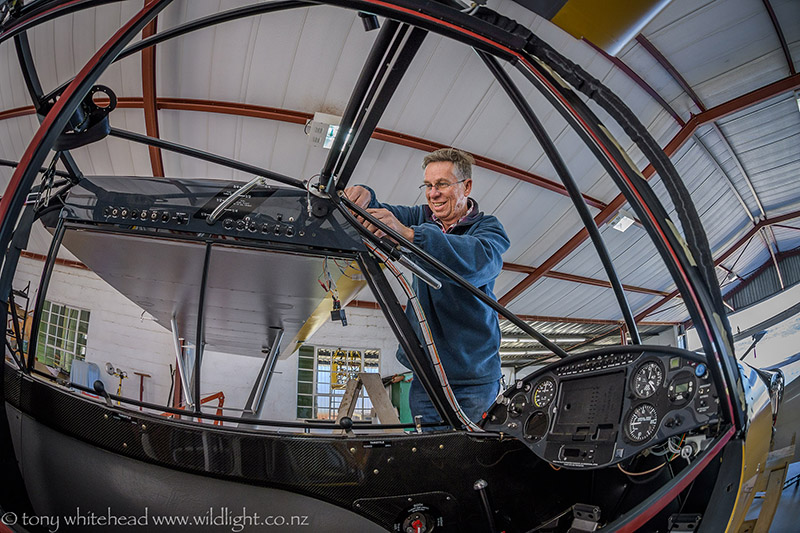
All photos with the Nikon D500 and Nikon 10.5mm f2.8 fisheye apart from the Ferns and Rata which was with the Fuji XT1 and Samyang 8mm f2.8 fisheye.
